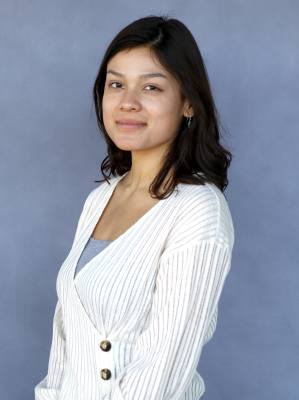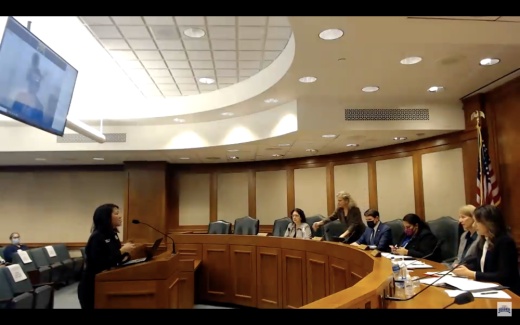Several state representatives held a hearing Feb. 15 to recount Winter Storm Uri on its one-year anniversary. The event featured testimony from health care professionals, government representatives, climate experts and Texas residents.
“We were caught unprepared, and that’s not acceptable,” said Representative Vikki Goodwin of House District 47. “We must be prepared because what we’re hearing from climatologists is we’re going to have more extreme and intense weather in the direction that we’re going.”
Among the other representatives present were James Talarico and Gina Hinojosa.
Six inches of snow fell in Austin starting late Feb. 14, 2020, and temperatures dropped to a record low of 6 degrees Fahrenheit. Millions of Texans were left without power during the harsh winter weather conditions.
The official death toll calculated by the Texas Department of State Health Services was 246, including 28 in Travis County—though representatives expressed doubts about this number at the Feb. 15 hearing.
“The exercise that the state health department went through could be called minimalist at best,” Travis County Commissioner Brigid Shea said. “In Travis County alone, our medical examiner issued a report this summer that identified 94 people who died in Travis County during the freeze. Now, not all of them died from the freeze, but I think the number is higher than what the state health department used, which was 28.”
According to Goodwin, outside analysis suggests an estimated 700 people lost their lives due to the winter storm. Causes of death identified by the Texas Department of State Health Services included extreme cold exposure, exacerbation of pre-existing conditions, hazardous road conditions, carbon monoxide poisoning, fire-related injuries and trauma sustained during falls or slips on ice.
“I hope this summit allows us to reflect on the one-year anniversary of winter storm Uri,” Goodwin said. “I hope this time of reflection on the devastation of winter storm Uri doesn’t cause any additional trauma, but instead allows for healing. ... Sharing these stories is essential for us to learn from them.”





